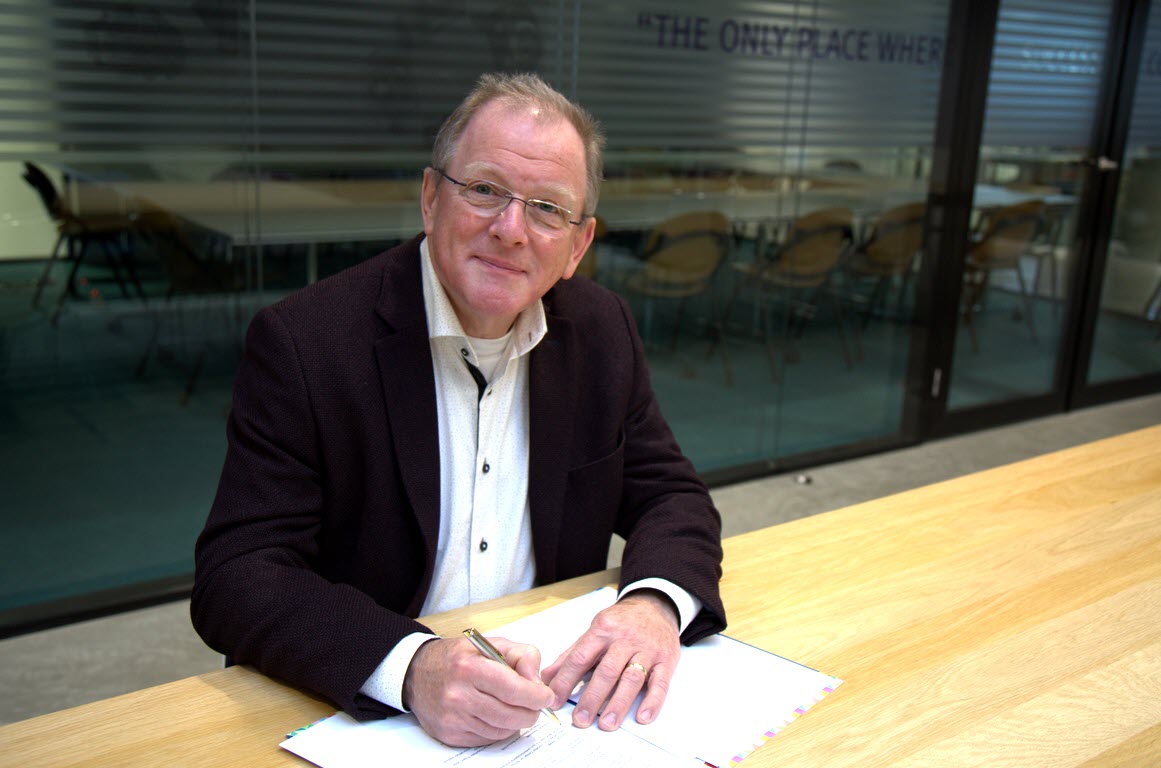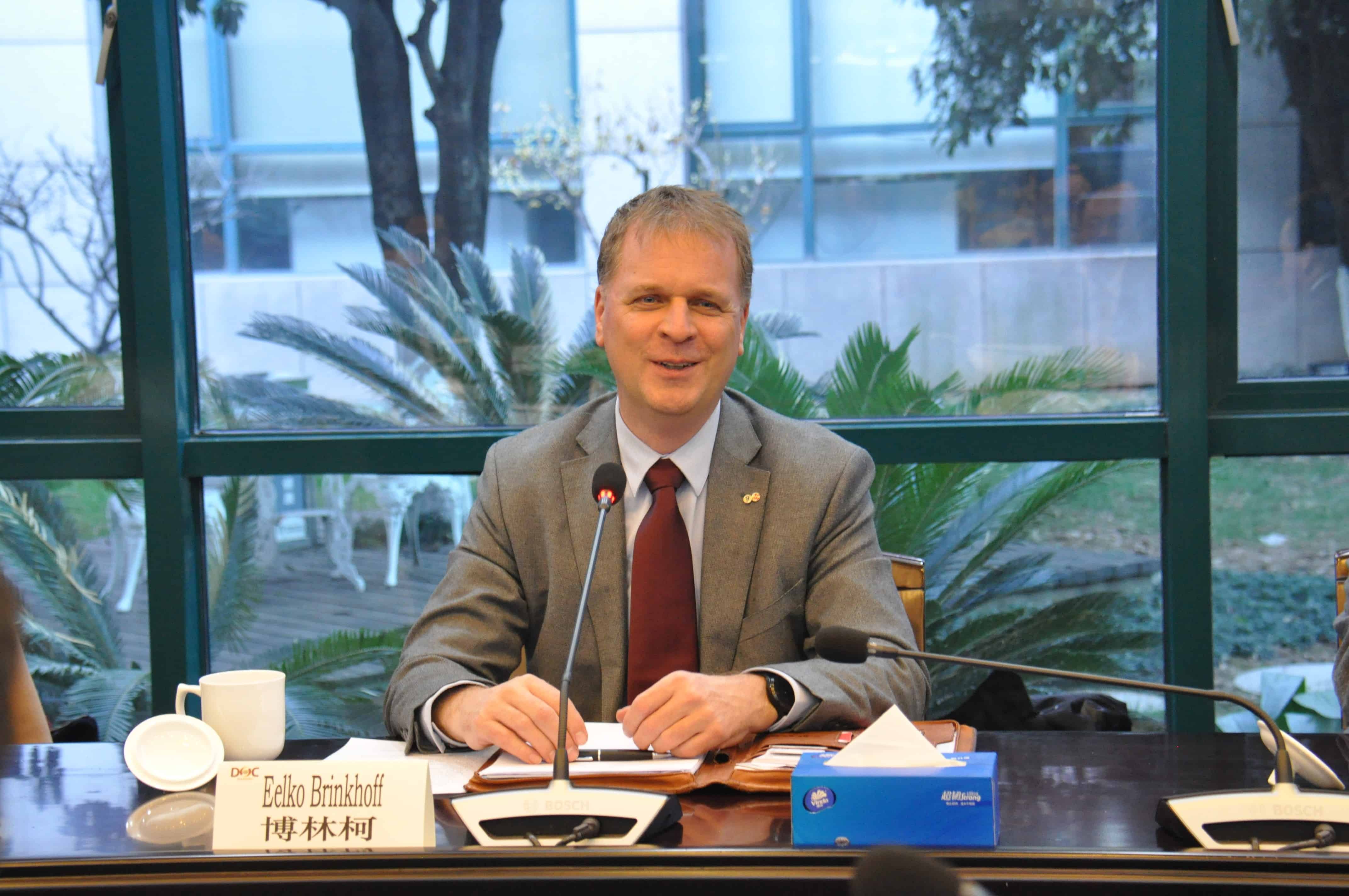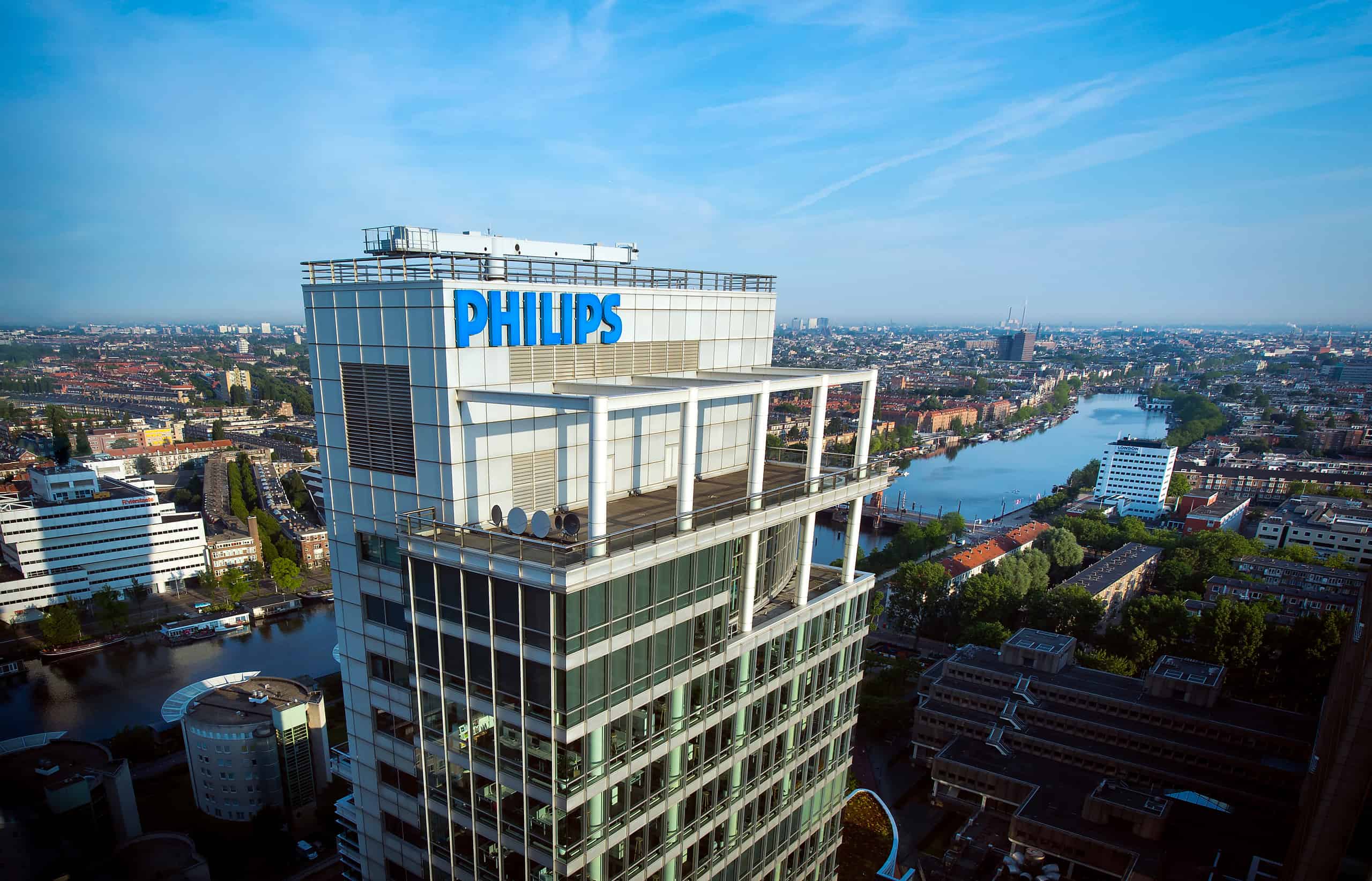
Today, December 13th, is an important milestone in the development of the integrated photonics ecosystem in the Netherlands. Professor Ton Backx is President of the Institute for Photonic Integration at the Eindhoven University of Technology. Backx led the establishment of a national “photonics delta” in 2015. He explains its significance today as companies across the Netherlands start to scale-up production of their photonic systems.
Why Photonics blossomed in Brabant
“The Eindhoven area has always had a connection with light. The Philips Light Bulbs and Cathode Ray Tubes in TV’s came first. But less well-known is the pioneering work done by Philips in the 1960s to develop lasers for use in optical fibre communications systems and consumer products. It led to the launch of CD players and later DVD and Blu-ray Discs. Philips needed trained optics and electrical engineers to achieve this. Which explains the growth of world-class optics and mechatronics research groups at the Eindhoven University of Technology from the 1970s onwards. We focused on optical communication technologies using infra-red lasers and developed photonic integrated circuits based on Indium Phosphide.
In Enschede, the University of Twente developed photonic systems and very accurate lasers operating across a wide spectrum, which now have applications in biosciences. In Delft, they have done a lot of relevant pioneering work in materials and optical systems and sensors. Many are already in use in aerospace and a wide range of industrial applications.
But the need for these various centres of excellence to work together became apparent around 2009. Photonics was named as one of the six key-enabling technology by the European Commission’s Horizon 2020 programme. But it needed to earn that status.”
Why we’re building a Photonics Ecosystem in The Netherlands
“Since then, we have seen photonics start to have a knock-on effect in different sectors of society like healthcare (needle-free testing for diseases, optical coherence tomography (OCT) and faster DNA sequencing), food safety tests for pathogens as well as environment monitoring on earth and from space. It’s becoming clearer that light-based technologies are the key to building smaller, cheaper, faster and energy-efficient devices to help solve several grand societal challenges.”
“The urgent need for education and training of tomorrow’s specialists today cannot be overemphasised. We need to show that photonics is a smart career move for men and women. The harnessing of light should be a flagship science in schools, universities and colleges across the Dutch education system.”
Speeding up SMEs time to market
“Product life cycles in high-tech have become very short. What used to be a product lifetime of 20 years has now been reduced to typically 3-5 years. This implies that the successful product development runway is now reduced to 18 months.
PhotonDelta has validated an urgent need to accelerate the technology transfer between academic research and pilot manufacturing for the Netherlands to remain competitive. We have established the PhotonDelta Cooperative, an EU-wide initiative to build trusted networks between research and industry. By giving SMEs early access to IP within a trusted network (protected by NDAs), we are helping member companies find much faster roads to market.”
Optimum use of high-tech facilities and equipment
“Nanotechnology and photonics development and manufacture require access to cleanrooms and high-cost specialized precision equipment. The PhotonDelta network includes commercial cleanroom and lab facilities, plus access to research facilities such as Mesa+ and the NanoLab@TuE at the Universities of Twente and Eindhoven respectively. Smart use of overcapacity and well-structured access schemes allow companies and researchers to collaborate in parallel, sharing relevant cleanroom facilities and equipment to reduce total development costs.”
“Which devices are needed, in which systems using which components that will enable the change we want? Do we need quantum technologies to reach our goals, safely and securely? How could point-of-care diagnostics built into smartphones empower medicine and reduce spiralling healthcare costs?”
Staying Ahead
“However, there is still a growing risk that this research knowledge will disperse outside the EU, thereby weakening European Industry. Several countries are currently investing billions of Euros per year in their respective photonic industries. We realized that a fragmented approach to building the multi-billion Photonics business in Europe would never scale. So, we came up with a strategy to amplify existing initiatives and, when needed, kick-start new ones.
Since money is made in manufacturing rather than in R&D, we needed to connect industry needs with the important fundamental and applied research going on in our Universities. And we needed to find structural funding to ensure that companies could cross the so-called funding “Valley of Death”. That’s why we formed PhotonDelta in January 2016 to explore ways of doing this. Many photonics systems have since left the lab and reached a point where we need to scale-up production to meet growing demand from both large and small businesses.
So now, in December 2018, we’re launching the PhotonDelta foundation to plan and execute the next phase. It’s the result of collaborative teamwork between researchers, national and regional government and industry from across the Netherlands.
There are several positive signs which convince me we’re going to achieve this.”
[learn_more caption=”Over the last year, PhotonDelta has begun to:”] – Reach out to related high-tech industries who can solve scaling challenges in Integrated Photonics. We’re tapping into semiconductor expertise in Veldhoven and Nijmegen so we can adapt and reuse this wealth of scaling knowledge.
– Understand the input from Non-Photonics Partners: There is already more intensive structural outreach to non-photonics companies busy innovating in aerospace, automotive, medical and agrotech sectors. This involves organising “listening tours” to establish the needs of these industries and validating that integrated photonics can supply solutions. If validated, this would mean developing joint projects to develop products to meet market needs together with non-photonics companies.
– Learn from existing projects before us. Several Horizon 2020 projects in the Netherlands in Phase 1 and 2 have either reported their findings or will do so before the end of 2019. We are examining the lessons learned from these projects to see what could be taken to a commercial level. In other words, build on their successes and discoveries to avoid duplication of effort.
– The urgent need for education and training of tomorrow’s specialists today cannot be overemphasised. Measures will include a coordinated public-private plan to define skill sets and curricula for professions in photonics. Just as Philips needed optical research talent in the 1970s, we need to show that photonics is a smart career move for men and women. The harnessing of light should be a flagship science in schools, universities and across the Dutch education system. PhotonDelta has started discussions with Dutch educational institutes (Fontys, TU/e, Saxion, University of Twente) so they understand the skill-set needed by the photonics industry.[/learn_more]
Continued Importance of the long-term view
“As a global society, we need to look ahead 15-20 years. We need to carefully examine the projections to work out which technologies we will require. Is there a gap between what is expected by industry and what research organisations believe is feasible to deliver within that timeframe?
The World Technology Mapping Forum began work to examine the world in 15-20 years, trying to understand the broader technology requirements ahead. Our forum built upon previous work done by the Integrated Photonic Systems Roadmap (IPSR) backed by Cambridge Massachusetts based AIM Photonics Academy. We began to discuss how the first International Integrated Photonics Systems roadmaps would be built.
The first edition of the international roadmap is due in Spring 2019. These are designed to be living documents, revised annually. In that way, they can keep track of the real-world trends and adjust accordingly. We also need to ensure that the procedures to do this will stand for several decades. The Forum discussion is not just about research. It is about how photonics is going to be an integral part of everybody’s lives one way or another.
Which devices are needed, in which systems using which components that will enable that change? Do we need quantum technologies to reach our goals, safely and securely? How could point-of-care diagnostics built into smartphones empower medicine and reduce spiralling healthcare costs? We already have ways of detecting skin diseases like melanoma using the technology in today’s mobile phones. I’m delighted that the second meeting in Enschede this year blossomed into a global initiative involving companies and researchers collaborating in a pre-competitive phase. And the conversations continue on both sides of the Atlantic.
We need to be far more forward thinking, anticipating what’s coming and not just celebrating what’s already been discovered.”








